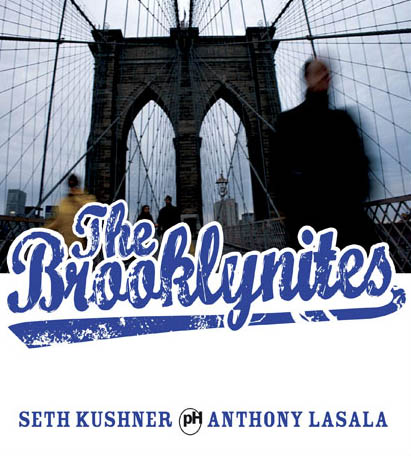$ 45
Order from the powerHouse Shop
“Blair’s new book, ‘Castro to Christopher: Gay Streets of America 1979–1986,’ transports viewers to the heat and hedonism of that time – a period looked back on as a kind of twilight zone, after Stonewall and before the darkness of the Aids epidemic.” — AnOther
“‘Castro to Christopher,’ the photographer’s first book, is a portrait of that brief, blissful period in LGBTQ history. Its subjects reach out to caress and to protest; they stare to confront and to surrender. Each gesture and interaction is rendered in handsome black-and-white, with Blair’s shadow as the only visible proof of his presence in the intimate moments captured.” — DOCUMENT JOURNAL
The joy—and pathos—of these tragically lost worlds is beautifully and vibrantly documented in this collection of compelling portraits and street scenes photographed by Nicholas Blair. As a teenager lured to San Francisco from New York—via hitchhiking to Buenos Aires—Blair lived in a hippie-style arts commune just across town from the Castro. With a Leica rangefinder camera loaned to him by a childhood friend, Blair began honing his craft as a photographer amidst the explosion of LGBTQ life that was rapidly eclipsing the hippies as the most visible (and photographable) counter-culture movement of the day.
Blair’s revealing, evocative, and celebratory photos are a window into the outburst of pent-up celebration and (occasionally) riotous ebullience of theretofore closeted persons who had suddenly felt the door of tolerance opening a crack, and who were now leaning in, hard, to live life openly as their true and genuine selves.
Perhaps most ironic, viewed from today’s perspective of intersectionality, is how extensively, especially in the San Francisco images, the “hippie” background dovetails with, for example, the vibrant flamboyance of many of those in the Pride Parades. How many degrees of separation are there, really, between Ken Kesey’s Merry Pranksters and The Sisters of Perpetual Indulgence?
If the specter of AIDS were not hanging over these photographs, it would be as if they were showing us a parallel universe where full equality under law for LGBTQ people could have come so much sooner.
As they stand, these historic images are time capsules of a few places in America, where, for the very first time, and for a very short while, it was okay to be gay.
Nicholas Blair dropped out of high school in 1974 and left his native New York City to hitchhike through Latin America.
Landing in San Francisco a year later, he helped found The Modern Lovers arts commune and Ancient Currents Gallery, both dedicated to cultural exploration. In 1981, he received his MFA in photography from the San Francisco Art Institute under the tutelage of renowned photographer and teacher Henry “Hank” Wessel.
Blair has worked internationally as a photographer and cinematographer for organizations including CARE and the United Nations. His filmmaking projects include the documentary America’s Culture of Crash about the rural American sport of demolition derby, and Our Holocaust Vacation, a journey through Poland with his mother and family, revisiting her Holocaust experiences there.
He has received fellowships from the National Endowment for the Arts, New York Foundation for the Arts, and Jerome Foundation. His photographs are in the collections of the Metropolitan Museum of Art, International Center of Photography, Brooklyn Museum, and Bibliothèque Nationale in Paris.
Jim Farber is a regular contributor to the New York Times, the Guardian, and numerous other publications. For 25 years he was the chief music critic of the New York Daily News and has been writing about culture since the 1970s. He is a three-time winner of the ASCAP Foundation’s Deems Taylor/Virgil Thomson Award for music criticism and is an adjunct professor at NYU.



















